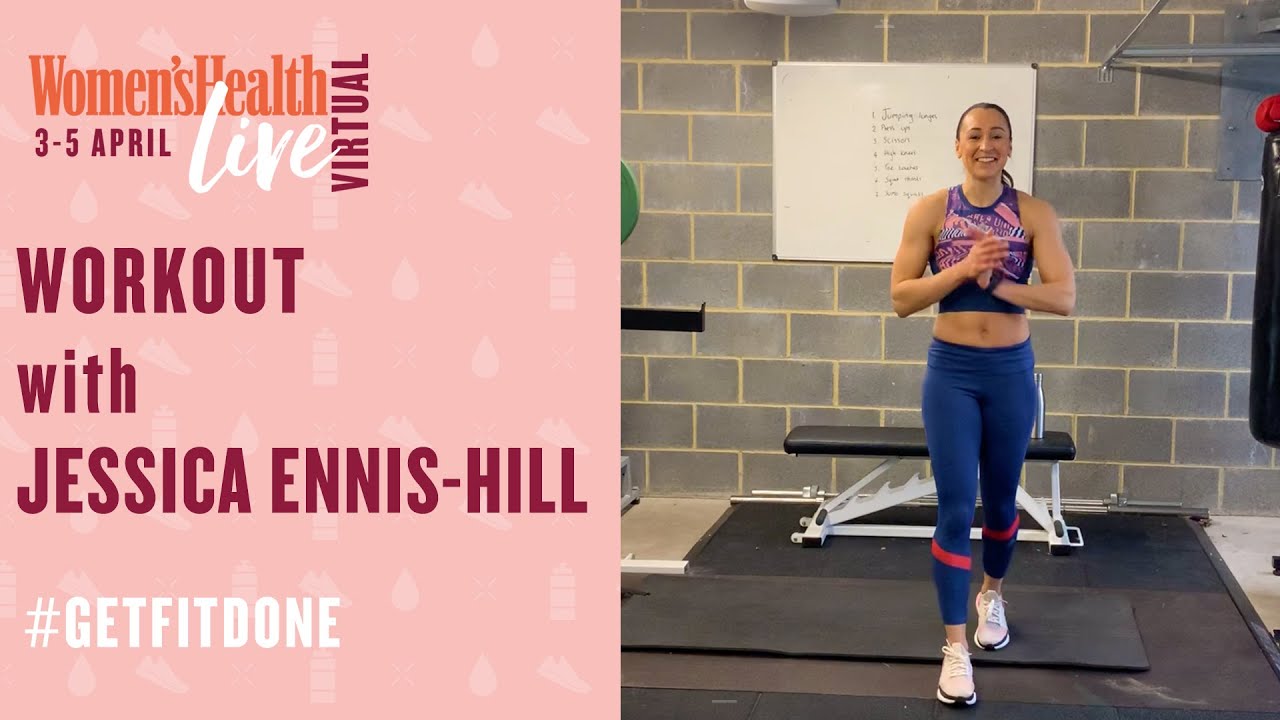
To tone your muscles, start by doing a simple weight lifting exercise. You can start with lighter weights and increase the difficulty over time. The last two repetitions will be difficult. Next, you will need to add cardio exercise. This will help you burn more calories and tone your muscles. A local gym offers aerobic classes, while a home treadmill can be used.
After you have mastered the basics, you can move on with the next level. To bulk up you'll need to use a heavier weight and fewer repetitions per set. Bulking up is all about overloading. It is important to only lift weights one to six times before you give up. You will be able do more sets as you gain strength. For instance, if your goal is to gain mass you will need to do a lot more repetitions.

A good approach to strengthening the muscles is to train each muscle group at least four times a week. Your goal is to get a lean and defined physique. For good muscle tone, it is important to train all major muscle groups twice weekly with heavy weights. You should aim to lift eight to twelve pounds for each set.
If you're a beginner, you can start by learning how to tone muscles. Two to three total body strength-training exercises per week is a good goal. Also, make sure to keep a consistent diet and stay active. A few weeks of regular exercise will result in a more defined and toned body. Your body will change quickly and you'll be surprised. This is a good way to get a better overall body.
You may be interested in circuit-style exercise if you want to tone your muscle mass. This involves using different equipment to focus on different muscle groups. This can improve the intensity and tone of your workout. To tone your muscles, a circuit-style workout is recommended. This will ensure that all major muscle groups are being targeted. You can achieve a more defined, firmer body by doing this.

You can choose from two types of exercise depending on what type you are doing. You can either do interval training on your arms or legs, butt and/or butt. It is a good way to improve your endurance. Do this for twenty-to-thirty minutes, twice weekly. It will increase your muscle strength, burn fat, and make you look more attractive. These exercises can help you get the results you are looking for. You'll be grateful later.
FAQ
How can you live a healthy life?
Healthy living means eating right, exercising regularly and getting enough sleep. It also involves managing stress and having fun. Eating well means avoiding processed foods, sugar, and unhealthy fats. Exercise burns calories and strengthens the muscles. Getting enough sleep improves memory and concentration. Stress management helps reduce anxiety and depression. Fun is key to staying young and vibrant.
How much should my body weight be for my height? BMI calculator and chart
Calculating your body mass index (BMI), is the best method to calculate how much weight to lose. The healthy BMI range for a healthy person is 18.5 to 24.9. You should lose about 10 pounds each month if you are trying to lose weight. Simply enter your height, weight and desired BMI into the BMI calculator to calculate it.
To see if you're overweight or obese, check out this BMI chart.
Which are the top 10 foods you should eat?
These are 10 of the best foods to eat.
-
Avocados
-
Berries
-
Broccoli
-
Cauliflower
-
Eggs
-
Fish
-
Grains
-
Nuts
-
Oats
-
Salmon
Statistics
- The Dietary Guidelines for Americans recommend keeping added sugar intake below 10% of your daily calorie intake, while the World Health Organization recommends slashing added sugars to 5% or less of your daily calories for optimal health (59Trusted (healthline.com)
- According to the Physical Activity Guidelines for Americans, we should strive for at least 150 minutes of moderate intensity activity each week (54Trusted Source Smoking, harmful use of drugs, and alcohol abuse can all seriously negatively affect your health. (healthline.com)
- WHO recommends consuming less than 5% of total energy intake for additional health benefits. (who.int)
- In both adults and children, the intake of free sugars should be reduced to less than 10% of total energy intake. (who.int)
External Links
How To
What does the meaning of "vitamin?"
Vitamins are organic substances found naturally in food. Vitamins allow us to absorb nutrients from food. Vitamins are not made by the body, so they must be obtained through food.
There are two types vitamins: water soluble or fat soluble. Water-soluble vitamins dissolve quickly in water. Examples include vitamin C,B1 (thiamine), B2 (riboflavin), B3 (niacin), B6 (pyridoxine), folic acid, biotin, pantothenic acid, and choline. The liver and fatty tissues are home to fat-soluble vitamins. These include vitamin D, E and K, as well as beta carotene.
Vitamins are classified according to their biological activity. There are eight major groups of vitamins:
-
A - essential for normal growth and maintenance of health.
-
C - essential for nerve function and energy generation.
-
D - essential for healthy bones, teeth, and gums.
-
E - needed for good vision and reproduction.
-
K - Required for healthy nerves and muscles.
-
P - vital for building strong bones andteeth.
-
Q - aids digestion and absorption of iron.
-
R - necessary for making red blood cells.
The recommended daily allowance for vitamins (RDA) varies based on gender, age, and physical conditions. The U.S. Food and Drug Administration sets RDA values.
For example, the RDA for vitamin A is 400 micrograms per dayfor adults 19 years or older. Because it is essential for the development of the fetus, pregnant women should consume 600 micrograms per daily. Children ages 1-8 require 900 micrograms per day. Infants under one year of age require 700 micrograms per day, but this amount decreases to 500 micrograms per day between 9 months and 12 months of age.
Children between the ages 1--18 years old who are overweight or obese require 800 micrograms per Day, while those who are overweight or obese need 1000 micrograms. To meet their nutritional needs, children underweight and obese require 1200 micrograms a day.
2200 mg of vitamin A per day is required for children aged 4-8 who have been diagnosed by anemia.
2000 micrograms is the minimum daily intake for adults over 50 years old to maintain good health. Women who are pregnant or breastfeeding need 3000 micrograms per day due to increased nutrient requirements.
1500 micrograms is the recommended daily intake for adults aged 70+, who lose approximately 10% of muscle each year.
Women who are pregnant or lactating need more than the RDA. Pregnant mothers need 4000 micrograms per daily during pregnancy and 2500 after giving birth. Breastfeeding mothers need 5000 mg per day when breastmilk is being produced.